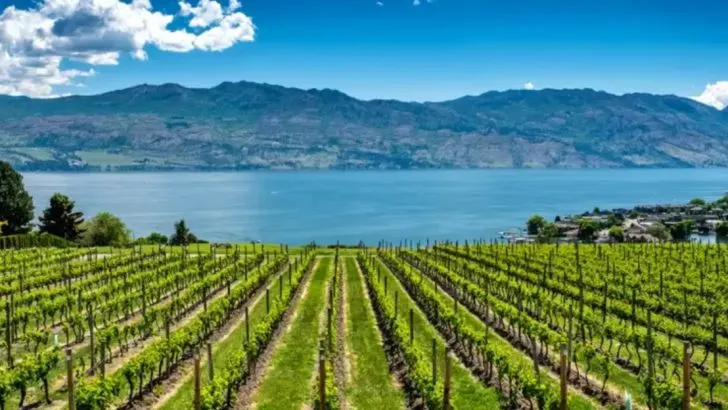Some soil is just… magic. It grows ten-foot corn like it’s nothing. It pumps out strawberries so sweet, you’ll think they were dipped in sugar. And it does all this with barely a nudge from fertilizer. North America isn’t flat when it comes to fertility. Some regions are garden royalty—rich, dark, crumbly earth that plants practically leap out of. Others? Dusty, stubborn, and stingy. So where’s the good stuff hiding? From the black gold of the Midwest to volcanic soil that feels like cheating, we’re mapping out the places where seeds become miracles. If you’re serious about growing anything—from backyard veggies to acres of crops—this is the dirt that dreams are made of. Let’s uncover the soil superstars across the continent.
The Great Plains
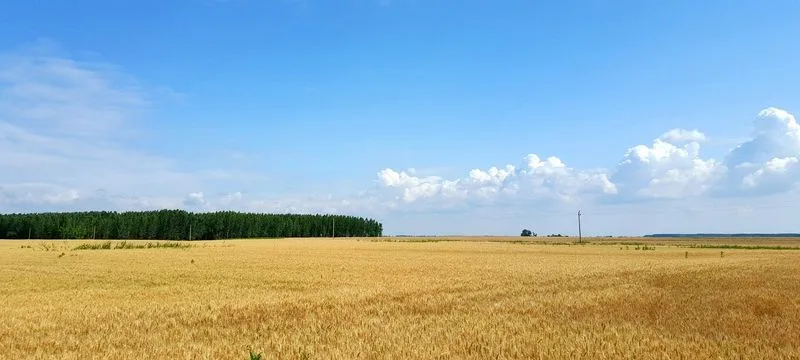
The Great Plains, stretching across the heart of North America, are known for their expansive wheat fields and rich soil. This region’s soil is deep and fertile, making it ideal for growing a variety of crops. Farmers in the Great Plains have long relied on its nutrient-rich earth to produce bountiful harvests.
Historically, the Great Plains have been a critical area for agriculture, helping to sustain both local and global food supplies. The combination of favorable climate and fertile land continues to make it a cornerstone of North American farming.
The Mississippi Delta
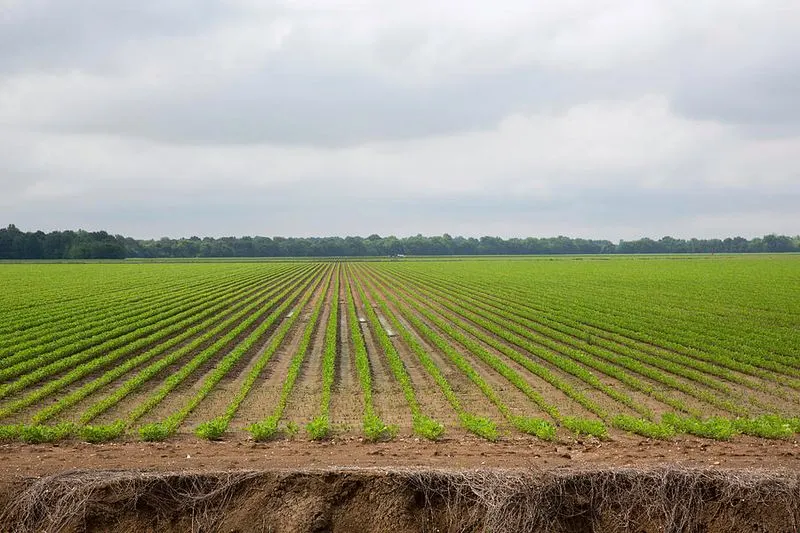
With its lush landscapes and winding rivers, the Mississippi Delta is famed for its incredibly fertile soil. The region’s alluvial soil, deposited by the Mississippi River, makes it perfect for agriculture. Cotton, soybeans, and rice thrive here, benefiting from the rich nutrients.
The Mississippi Delta’s historical significance as a major agricultural hub cannot be overstated. Its cultural and economic contributions have shaped much of the region’s identity, making it a vital part of North America’s agricultural heritage.
California’s Central Valley
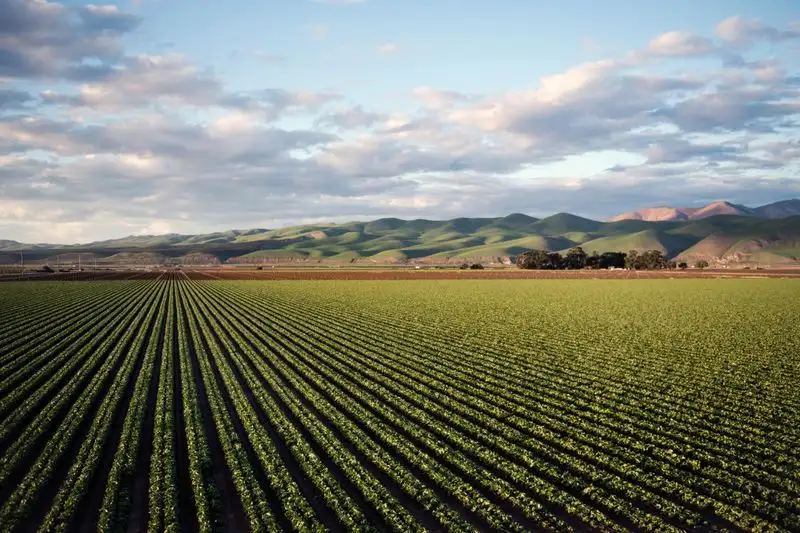
California’s Central Valley is renowned for its vibrant fruit orchards and vineyards, courtesy of its fertile soil. This region produces a third of the nation’s vegetables and two-thirds of its fruits and nuts, thanks to its mineral-rich earth.
With a Mediterranean climate and extensive irrigation systems, the Central Valley is a powerhouse of agricultural production. Its ability to support diverse crops year-round makes it an indispensable part of North America’s food supply chain.
Iowa’s Corn Belt
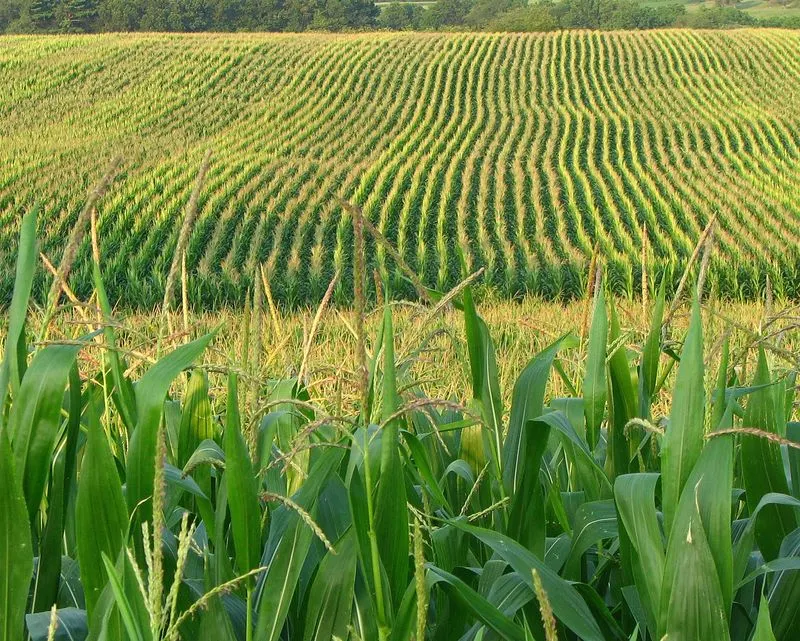
Iowa, often referred to as the Corn Belt, boasts some of the most productive soil in North America. This region’s dark, loamy soil is perfect for growing corn, a staple crop in the United States.
The Corn Belt’s soil owes its fertility to the area’s glacial history, which deposited nutrient-rich sediments over millennia. This intrinsic richness, combined with advanced farming techniques, ensures Iowa remains a leader in agricultural output.
The Okanagan Valley
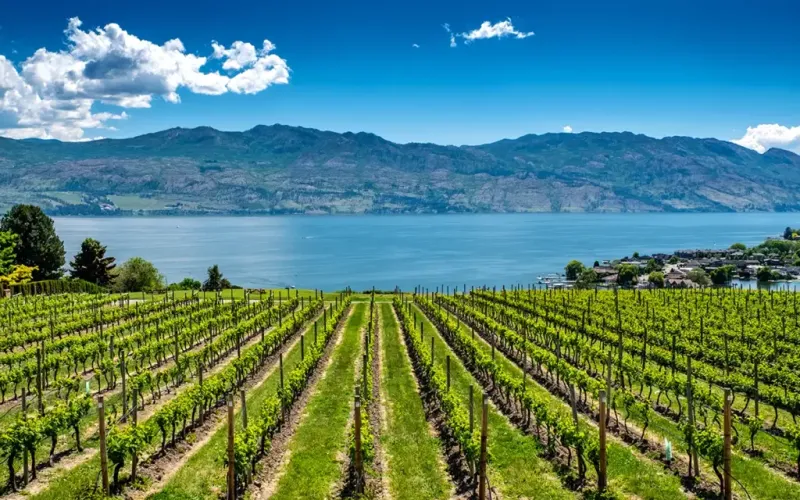
Nestled in British Columbia, the Okanagan Valley is celebrated for its picturesque vineyards and orchards. The region’s fertile soil and favorable climate create ideal conditions for growing grapes and stone fruits.
With its growing reputation for producing exceptional wine, the Okanagan Valley has become a key player in North America’s agricultural scene. Its unique terroir adds to the diversity and richness of the continent’s fertile regions, making it a fascinating study for both farmers and wine enthusiasts.

